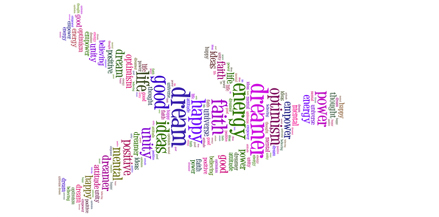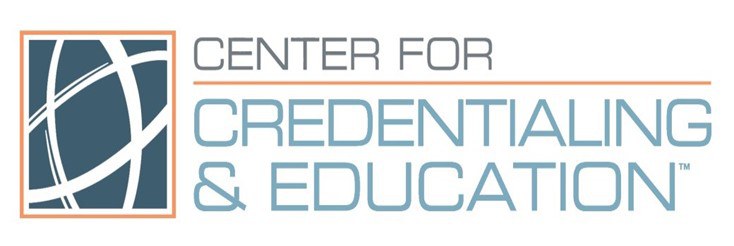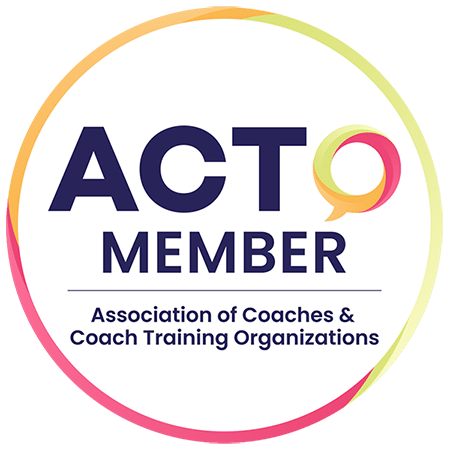
By: Timothy Burns
While the Peoplemap is an insightful tool, one of the more difficult steps in the process is getting your clients to accept that these different traits are hard wired into their own and their co-workers' DNA. We tend to communicate in our own 'language' rather than in a way that connects with our listener, co-worker, spouse, etc. Even after your client recognizes their own personality style, one of the coach's tasks is to get your client to see and accept the differences between the personality styles without setting out to change everyone else to their own style.
A helpful metaphor is the use of four common animals to represent the four personality types. I've found these images helpful when coaching others in this area.
- Think of the Leader as a lion: strong, fierce, unbending, the King of the jungle.
- Describe the Free Spirit as a river otter: fun loving, playful, loves to run up and down the riverbank in groups, looking like they are playing tag.
- Imagine the People Person as a golden retriever: a loyal companion, trustworthy and quiet.
- Depict the Task person as a beaver: this river builder will work all day to cut down one tree, and float it into the perfect position as he spends weeks building a dam. A beaver is neither confrontational, nor deterred from his task. When he's threatened, a beaver retreats to the underwater entrance of his home in the middle of the pond.
These mental images can help your clients see the different personality types. We would be foolish to ask an otter to lead a pride of lions in the African plains, and equally as frustrated trying to turn a beaver into a loving pet.
When you are coaching a couple, or working with a client who has an issue with a particular persona, another exercise is to ask them to visualize the other person in their role. By changing the client's perspective, you will often catalyze an emotional paradigm shift.
For example, married couple John and Sue (not their real names) found careers that perfectly suited their personalities. John, a Leader and first born in his primary family, built a successful career as a police detective. His wife Sue was a People Person and a middle child in her primary family. While John's perspective on life's meaning was molded around enforcing rules, Sue flourished as a Kindergarten teacher. Her personality, together with the relational skills she learned as a middle child, equipped her to connect with, and inspire her young audience.
As they sat together, the strain on their relationship from the disconnect in their relational styles was evident in their body language. As we discussed personality styles and how these tendencies affected their approach to life, their differences had created emotional walls. Although they could see and understand their own personality styles in the survey results, they weren't able to connecting the dots between how their differences affected their marriage.
Finally, I asked Sue to imagine this setting. If she was sick and couldn't go into to her classroom of 5 year olds, what would it look like if her husband took the role of substitute teacher? An immediate smile broke across both their faces. After Sue described the chaos that would erupt in her classroom under her husband's heavy hand, we began to talk about how their personality styles were perfectly suited for their careers, and that neither of their personalities were defective because they approached the same situations from a different point of reference. In the following weeks, the change in Sue and John were visible in how they participated in our sessions, and in how they interacted with each other when they walked together.
For life and business coaches, a personality profile such as the Peoplemap is a valuable jumping-off point to a host of valuable discussions.
- Personality styles are hard-wired into our emotional DNA. They are neither right nor wrong
- Each personality style has innate strengths and weaknesses. No one is dealt all the emotional and relationship Aces from life's deck.
- We tend to communicate with others in the style that we are best at receiving, or according to our own personality style. A leader thinks and talks Leader-speak. A Free Spirit thinks and speaks is his or her own dialect.
- Effective leaders, coaches, parents and employees learn to communicate in the language of their audience.
The goal of the life coach is to help individuals see themselves as they really are, and help them acquire skills to guide their own life in a world that if filled with people who are not like them. Our goal is not to communicate the need for change based on negative emotions, or fundamentally alter our clients. Our goal is to guide them toward improving their wellness, and maximizing their personal productivity.




